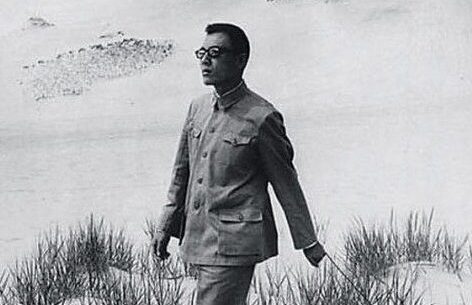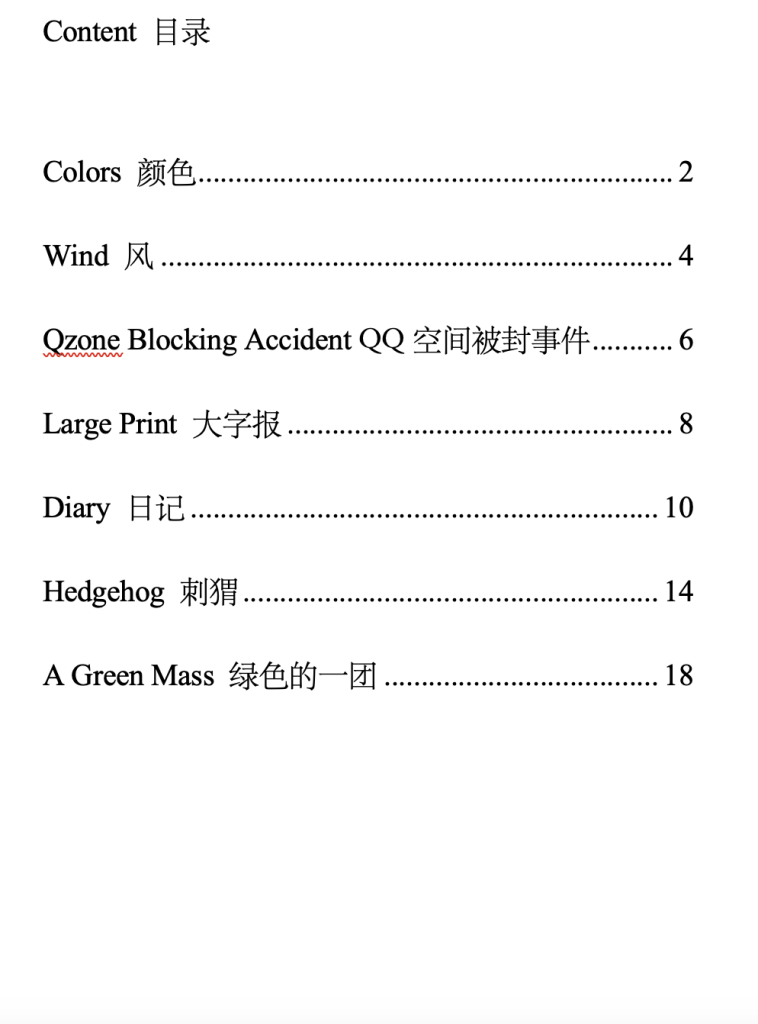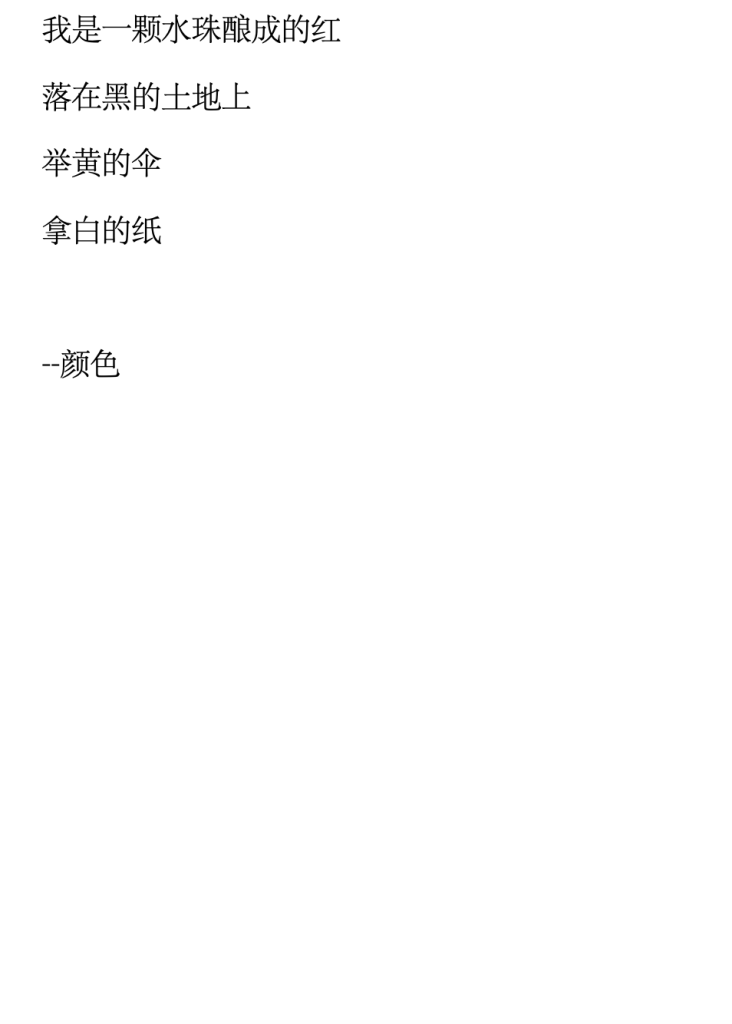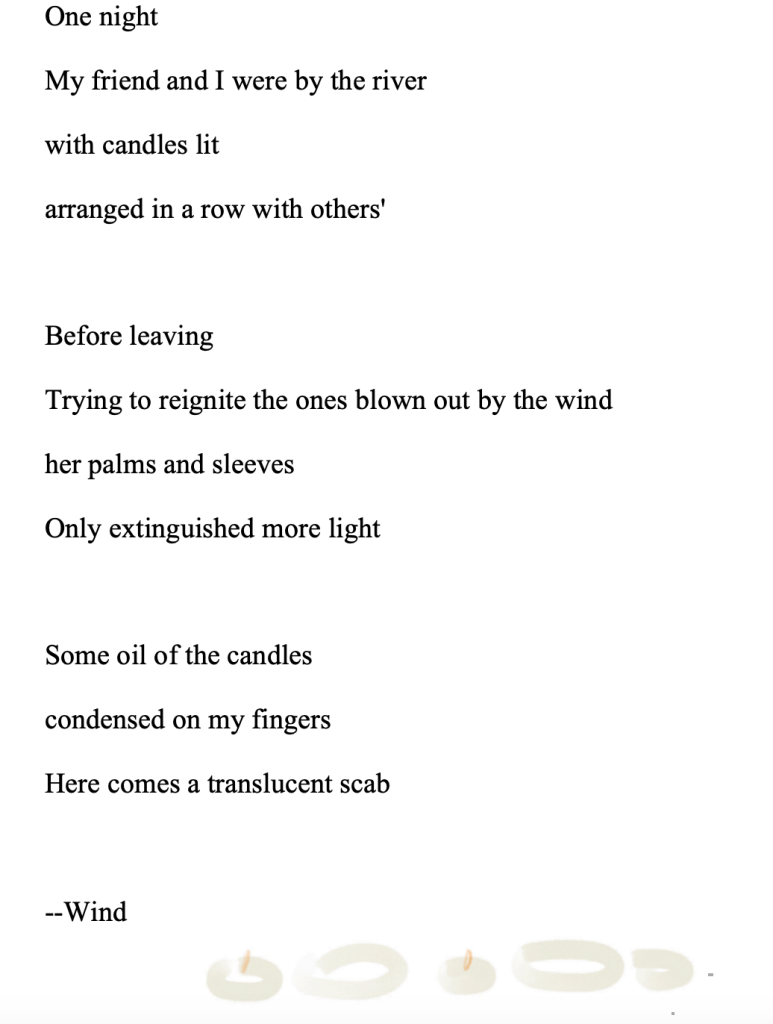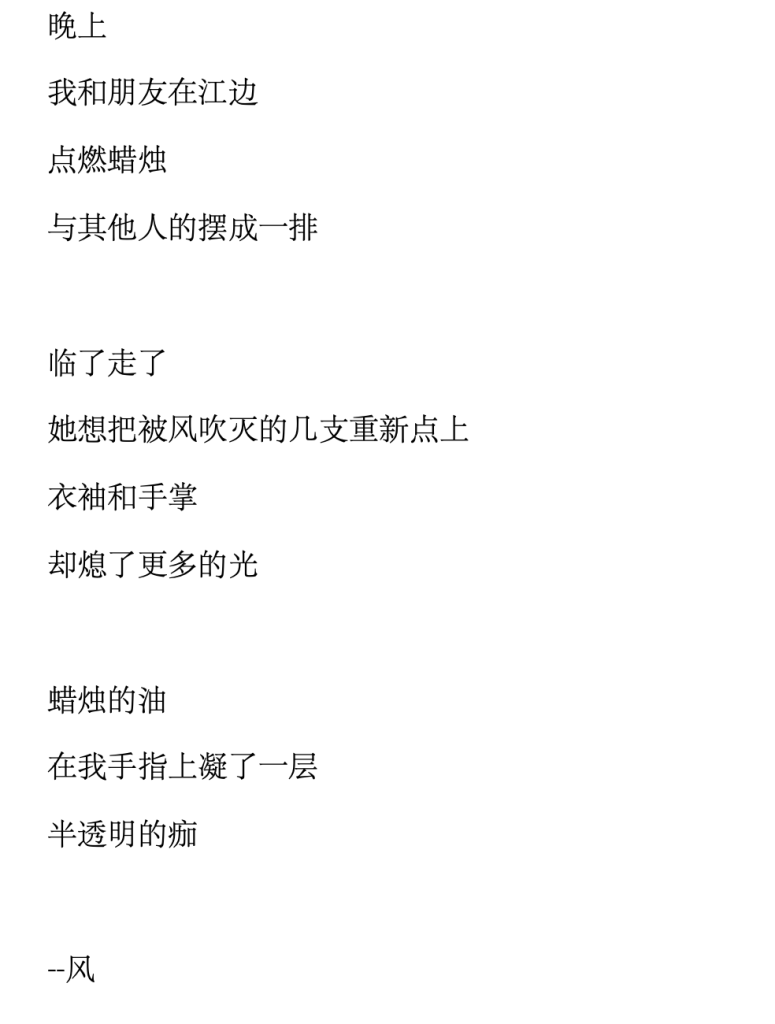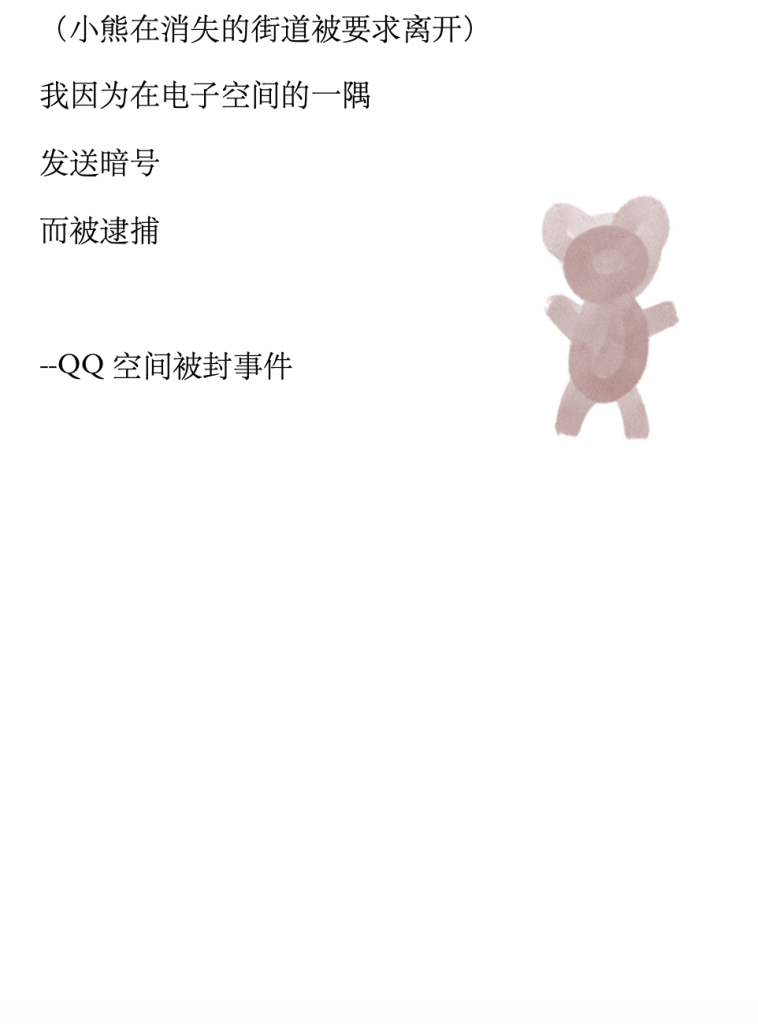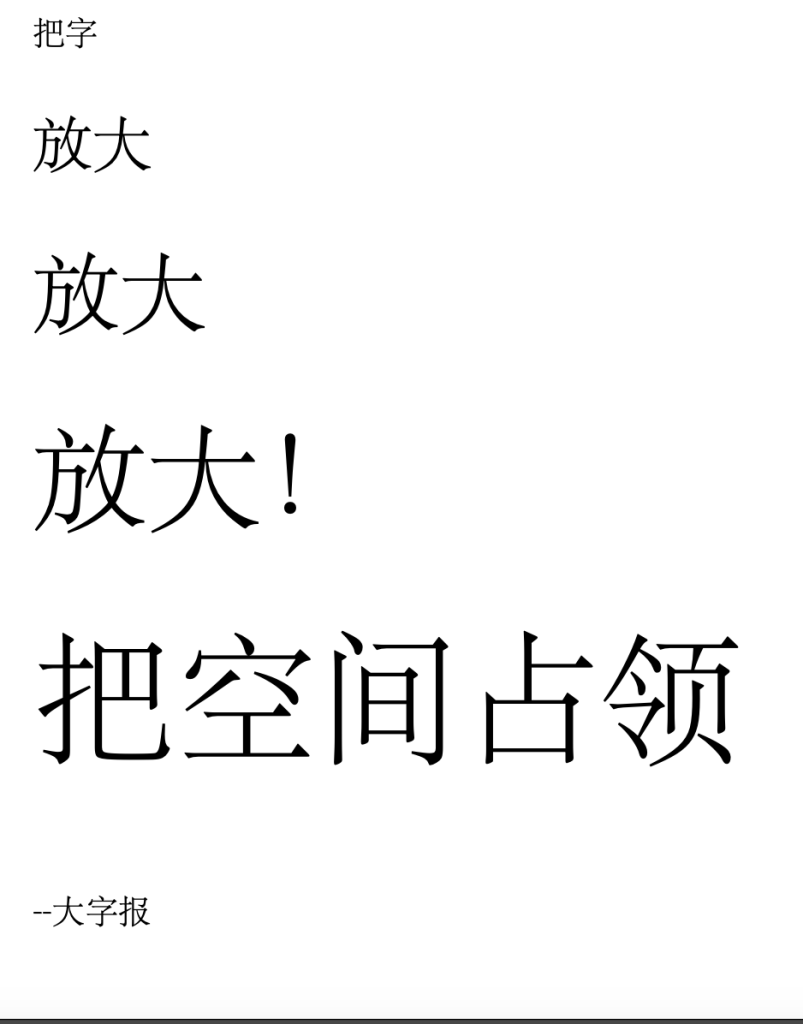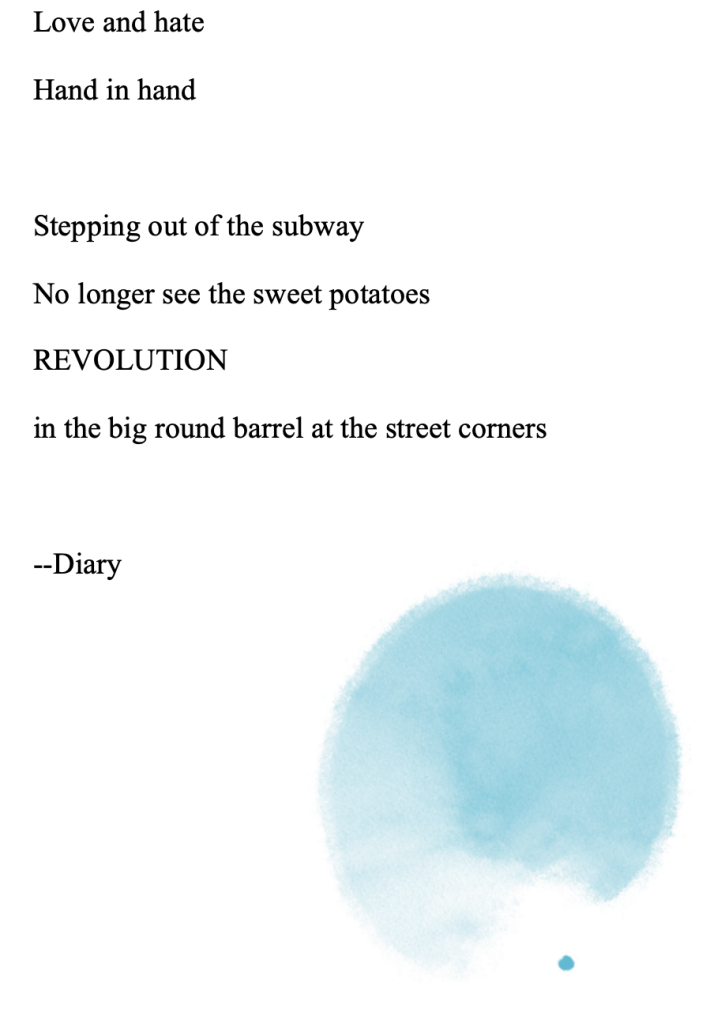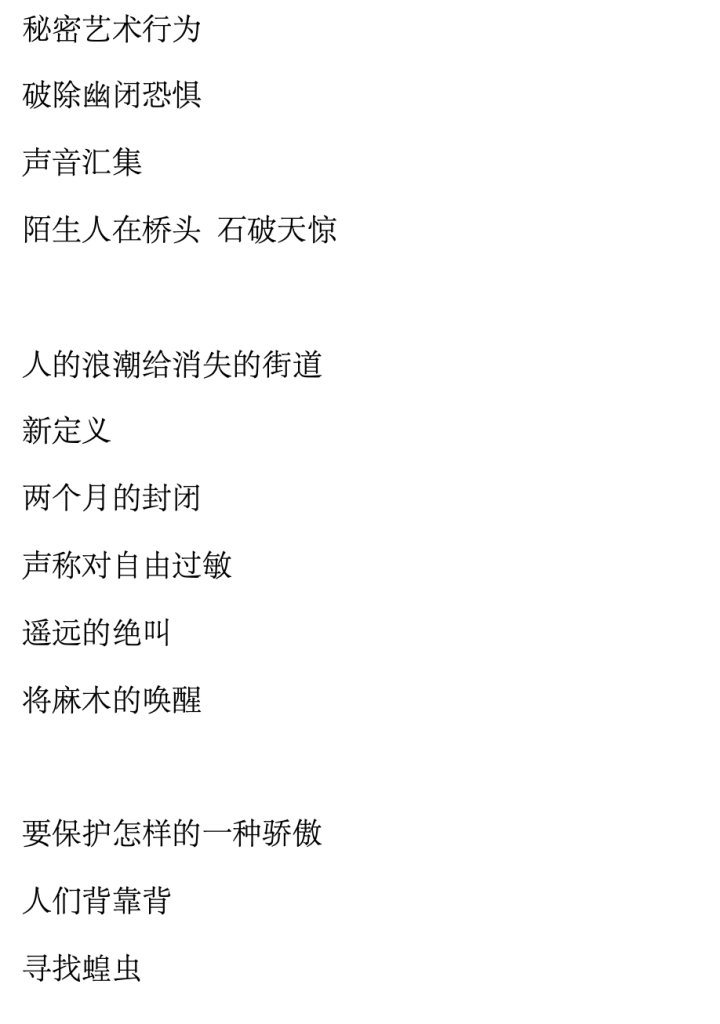Taiwan has attracted increasing attention around the world due to the confrontation between the Communist Party regime in the People’s Republic of China (PRC) and the Taiwanese government along with the related and heightened tensions on the geopolitical stage. In their reporting, Western European and North American commentators particularly praise Taiwan for its democratic political system. Meanwhile, for many in Taiwanese society, the self-understanding of being democratic and open is key to current quests for a national identity distinct from the PRC’s and for the perpetuation of Taiwan’s de facto self-governance.
Systemic contradictions at the base of Taiwan’s capitalist economy and the multiple social conflicts they produce are seldom addressed in these narratives. Taiwan’s recruitment of racialized migrant workers from Southeast Asia is one such contradiction. Today, around 800.000 migrant workers from Vietnam, Indonesia, the Philippines, and Thailand work in blue and pink-collar jobs. Close to 260.000 documented and around 30.000 undocumented Indonesians make up the second largest group amongst these migrant workers.
In order to get a better understanding of how migrants themselves perceive and handle their exploitation and discrimination in Taiwan, we, the two authors of this piece, started an ethnographic study among Indonesian migrant workers in Taiwan’s fishing and manufacturing industries. Since March 2022, we have met dozens of, mostly male, workers, in fishing ports and factory zones. Their accounts of life and labor in Taiwan point to the structural othering of their part of society, considered transient but who in fact ensure that Taiwan’s economy keeps running and remains profitable.
In the following sections, we share how migrant workers describe their conditions, and we introduce racialized capitalism as an analytical lens to understand the systematic differentiation and exploitation of Southeast Asian migrant workers and Taiwan’s racialized labor market. We discuss how the racialization of Southeast Asian migrant workers in Taiwan can be understood in light of particular historical and contemporary contexts, and finally, we outline how we address migrant workers’ modes of coping and organizing amidst this racist migration regime.
Treated as Robots not Humans
Most of the migrant workers from Southeast Asia work as care takers in private and nursing homes, or they work on fishing vessels, in factories, in the fields, and on construction sites. The Indonesian workers we talked to work on small coastal fishing boats, on large deep-water fishing vessels, in artisan wood or metal workshops, in sweatshop factories, for instance, for dyeing fabrics, metal foundry, or plastic manufacturing, and in larger factories with assembly lines, for instance, in automotive or electronics manufacturing. Most often, their work is dirty, dangerous, monotonous, and devalued.
When asked about their relationships to the Taiwanese alongside whom they work and live, these Indonesian migrants intimate that, generally, they feel seen as “workers” only. This was voiced by Hartono, a fisher in a port in the South of Taiwan. Like all fishers in Taiwan’s coastal fisheries, Hartono[1] and his colleagues live on the boats on which they work, or in shacks in the port; they have little contact with the Taiwanese living close by.
The experience of being seen as “workers only” is echoed by Indonesian migrants working in factories, who describe their lives in Taiwan as that of “robots.” Only on weekends, when they meet their friends and pursue personal activities, can they feel like “humans,” they say.
In fact, Southeast Asian migrant workers’ legal status allocates them primarily the role as labor power, as their right to stay in Taiwan is tied to a valid work contract with a particular employer. They are not allowed to bring their families, and the period for which they are allowed to stay in Taiwan is restricted to 12 years, although in the case of care takers in private homes, the period can last up to 14 years. They are generally accommodated in dormitories, on ships, or in their employers’ homes. Their status is not designed for them to have a family life in Taiwan, to envision a future, or to retire in Taiwan and receive a pension.
The workers we have met share how they are treated differently from their Taiwanese co-workers at their workplace. “It’s an open secret that Taiwanese workers at the same factory earn more than the migrant workers,” Rangga, who works in a furniture workshop, shared with us. Migrant factory workers are entitled to receive the minimum wage; however, fees for accommodation and lodging and various services are cut from their salaries. They also receive lower bonuses than their Taiwanese co-workers.
At some workplaces, Taiwanese workers live in separate dormitories from migrant co-workers. “The Taiwanese workers have their own room, their own bathroom,” Hari, who works at a rubber factory, told us. By contrast, he shares a room with three other Indonesian workers where he has to improvise to make some private space. Migrant workers are also allocated different work tasks than the local workers. Anwar, who produces scooters, told us that at the end of the year, when production is stopped for maintenance of the production hall, migrant workers are assigned those tasks that are “dirty” and “tough.”
The different treatment of migrant workers at their workplace is reflected in the transnational management of migrant labor. Most Indonesian workers go into debt to pay an agency in Indonesia to arrange employment in Taiwan; they also must pay for a Taiwanese broker who sends them to work for a particular employer. Once in Taiwan, they remain the subject of control not only through foremen and bosses but also through the agencies, all of which cooperate to enforce the repatriation of workers who speak up, are seen as trouble makers, or do not work as hard as expected
Migrant Labor in Racialized Capitalism
These conditions are rarely described through the categories of capitalism and racism, either in public discourse, or by the workers themselves (for an exception see, MENT 2009). NGOs, supporters, and journalists criticize various aspects of the migration regime – violations of labor rights, forms of unfree labor, the exploitative broker system, migrant workers’ precarious legal status, or extreme forms of abuse. We suggest that a more precise and comprehensive critique of the current regime of labor migration to Taiwan is necessary and we propose the concept of racialized capitalism to capture the conditions under which Southeast Asian migrants are recruited, live and work in Taiwan.
Scholars of antiracism and decolonization use the concept of racial, or racialized, capitalism to describe how, throughout history, capitalist accumulation has been built on and has perpetuated the racialization of certain groups, to normalize different gradations of exploitation and unfreedom (Robinson 2000; Virdee 2019). In the case of migrant workers, visa regimes and immigration rules produce a fragment of the working class subject to intensified exploitation and control over their mobility. This systematic differentiation implies, at the very least, chasms in the working class that facilitate capitalist rule over the proletariat.
Taiwan’s Racialized Labor Market
As an analytical lens to understand the situation in Taiwan, racialized capitalism captures the significance of the recruitment of migrant labor to the contemporary modes of accumulation. In the 1990s, Taiwanese manufacturing industries were moving abroad, mainly to the PRC, to tap into the supply of relatively low-paid, young, and rural labor there. At the same time, Taiwanese employers were faced with a labor shortage, as local workers increasingly refused to work in the dirtiest, most dangerous, and demeaning jobs. They moved, for instance, into service jobs.
Confronting this situation, the Taiwanese government opened the borders for migrant workers from Southeast Asia. The recruitment of such labor was offered as a profitable solution for larger factories to remain in Taiwan and for smaller manufactories to remain competitive (Tierney 2007). Those migrant workers came from regions in Southeast Asia where local flexibilization, low wage policies, as well as the high cost of medical treatment and of higher education made going abroad for work one of the few options to keep or improve standards of living.
As a measure to soothe concerns from organized labor over unemployment and the deteriorating conditions labor migration could allegedly cause, the Taiwanese state set upper limits for the intake of migrant workers in different manufacturing industries (Yang 2021, 251). The allowed quota for migrant workers is set highest in those industries where conditions are particularly difficult and dirty: dyeing fiber and fabrics, metal foundries, metal forging, plastic manufacturing, or iron and steel smelting (MoL 2022).
Quotas are also higher for factories in Taiwan’s export processing zones, which, deemed boosters for Taiwan’s overall economy, are encouraged to employ “cheap” migrant labor. Such strict quotas for migrant labor in manufacturing do not exist in the fisheries or for care takers in private households, or, that is, in the sectors with jobs considered most depreciated.
State regulations have thus reinforced a “racialization of the labor market,” in which migrant workers have limited capacities to compete with local workers over jobs. This is, however, a “divergent racialization” reflected in the dominance of migrant workers of certain nationalities in certain sectors (Tierney 2011, 296, 303). Indonesians, for instance, dominate in the fishing industries and in private home care, while Philippine workers dominate in the electronics industries (MoL 2023).
Various intermediaries involved in the brokerage and recruitment profit from and sustain Taiwan’s racialized labor market. Since its inception, the recruitment of migrant labor has undergone several adaptations aimed, for instance, at protecting migrant workers from arbitrary repatriation or opening possibilities for some workers to scale up their status and extend their stay in Taiwan beyond the 12-year and 14-year limits, respectively. These adaptions respond to open social dislocations that characterized particularly the early years of labor migration, demands from migrant worker supporters, and ongoing labor shortage in the face of Taiwan’s demographics. All adaptations left intact the fundamental logics that put migrant workers in a subordinated position on the labor market and in Taiwanese society.
Racialization of Southeast Asian Migrant Workers in Historical Context
Racialization, understood as a process of essentializing the meaning attributed to particular biological features or to the assumed cultural traits of a certain group, is always specific to a particular historical and spatial context. Discussions on racialized capitalism have centered around North America and Europe, their colonial histories, and their postcolonial present. Meanwhile, racialization “beyond its Euro-Americancentric forms” (Modood and Sealy 2022; Ang, Ho, and Yeoh 2022) takes place against the backdrop of a larger global history.
The contemporary racialization of Southeast Asian migrants remakes forms of antecedent racism that stem from Taiwan’s colonial and settler-colonial histories during Spanish, Dutch, Qing, Japanese, and Kuomintang (KMT) rule over the island. These histories inaugurate, and then reiterate the suppression, assimilation, and in some cases the elimination, of indigenous people. And they have facilitated the construction of a Han identity among immigrants from mainland China, who settled in Taiwan in several waves, even as this constructed identity coexists with divergent sociopolitical statuses and cultural traditions (Hirano, Veracini, and Roy 2018).
Pei-Chai Lan (2006, 60–63) who has studied labor migration from Southeast Asia since its early years, draws parallels between the racialization of Southeast Asian migrants and that of Taiwan’s indigenous people, specifically the history of constructing indigenous peoples as the antithesis of Han civilization. She situates the “discursive construction of Southeast Asian migrants” in the politics that followed the KMT’s martial law period (1949–1987).
After ending Japan’s rule over Taiwan between 1895 and 1945, during which the Japanese colonizers used racialized forms of discrimination, assimilation, and oppression against Han-Chinese and indigenous people, the KMT established its own system of racialization. Newly arrived Han-Chinese who fled the mainland after their defeat by the Communist Party were favored, and those Han-Chinese already residing in Taiwan along with indigenous groups were discriminated against in different forms.
Under pressure from the movement for democratic reforms, the KMT loosened its martial law regime in the late 1980s, and the leading forces of the new democracy began striving for a “civic nationalism” which seeks to overcome the hierarchies that had been established before. And yet, after the borders were opened for migrant labor from Southeast Asia, migrant workers became a new racialized “other.”
In fact, imaginaries of an uncivilized and backward non-Han “other” recur in public discussions around migrant workers. For instance, in the aftermath of violent conflicts between migrant workers of different nationalities that occurred during the early years of the recruitment of such a labor force, workers from Southeast Asia were stigmatized as a danger to stability and public safety who needed to be surveilled (Lan 2006, 64; Tierney 2011, 296). Of course, such confrontations did not stem from any innate inclination to violence, but rather from the conditions the workers were facing and from management practices that deliberately divided these workers and set them into conflict with one another.
The Indonesian workers we meet are well aware and cautious of being labelled potential trouble makers whenever they gather in larger groups. They repeatedly express their concern that the behavior of an individual Indonesian will be taken as representing all Indonesians.
Neoliberal Multiculturalism
Official discourse in Taiwan has lately shifted towards more inclusion of diversity. In the context of diplomatic isolation, the “New Southbound Policy” aims at a diversification of Taiwanese trade and diplomatic relations through investment in Southeast Asia. This discourse acknowledges the “multicultural capital” of the presence of Southeast Asians in Taiwan, particularly “second generation” children of a Southeast Asian parent married to a Taiwanese partner.
Previously stigmatized as a “threat” to the imagined homogeneity of the nation, the potential of these children in facilitating business opportunities in Southeast Asia is now highlighted. Southeast Asian migrant workers are included in an appreciation and exposition of Southeast Asian culture, for instance, when migrant worker music bands and migrant worker art performers are invited to cultural festivals organized by municipalities across the island.
Such “neoliberal multiculturalism” (Lan 2019) builds on the ‘difference’ of (certain) Southeast Asian subjects as a market asset. Systematic inequality and everyday deprecation of migrant workers and of other racialized subjects, in particular members of indigenous groups, nevertheless, remain largely neglected in this embrace of diversity.
Indonesian Migrant Workers’ Coping and Organizing Strategies
In our research project, we use racialized capitalism as an analytical lens not only to grasp structural and discursive processes of differentiation ‘from above.’ We also want to take into account the practices of racialized subjects themselves who, throughout history, have questioned and challenged their conditions. We focus on Indonesian migrant workers’ individual modes of coping and collective modes of organizing against the background of a racist migration regime that produces their precarity.
Our interest is not confined to open contestation, rather we look at migrant workers’ everyday quests to improve their situation as well as their modes of protecting their safety and dignity. This focus on the everyday accounts for migrant workers’ agency, but also for the ambivalences this agency implies.
Finally, understanding the recruitment of Southeast Asian migrant labor to Taiwan as a case of racialized capitalism situates the Taiwanese labor migration regime in a global context of bordering practices and migration infrastructures. We suggest that a comparison between the Taiwanese labor migration regime and the historic German “guest worker”-regime of the 1960s and 1970s may be particularly useful.
Both contexts not only feature parallels regarding the regulation of migration, the gender composition of workers, and the industries in which migrants are employed. They also have similarities in terms of the networks of solidarity and subcultures migrant workers develop and sustain. Building on others who also draw these parallels between the German and the Taiwanese migration regime (Kung 2006a; 2006b), we ask which contradictions arise in both contexts from the control of migration, at the workplaces, and in social life, and how, defying racist boundary drawing, migration societies evolve from below.
Samia Dinkelaker is currently a postdoctoral researcher at the Institute of Ethnology at Academia Sinica, Taiwan. Previously, she studied the migration of Indonesian domestic workers to Hong Kong and did extensive fieldwork in Indonesia and Hong Kong.
Ralf Ruckus is editor of gongchao.org and author of “The Communist Road to Capitalism. How Social Unrest and Containment Have Pushed China’s (R)evolution since 1949” (PM Press, 2021) and “The Left in China. A Political Cartography” (Pluto Press, 2023).
[1] To protect their privacy, all our interlocutors’ names are fictive.
References
Ang, Sylvia, Elaine Lynn-Ee Ho, and Brenda S.A. Yeoh. 2022. “Migration and New Racism beyond Colour and the ‘West’: Co-Ethnicity, Intersectionality and Postcoloniality.” Ethnic and Racial Studies 45 (4): 585–94. https://doi.org/10.1080/01419870.2021.1925321.
Hirano, Katsuya, Lorenzo Veracini, and Toulouse Antonin Roy. 2018. “Vanishing Natives and Taiwan’s Settler-Colonial Unconsciousness.” Critical Asian Studies 50 (2): 196–218. https://doi.org/10.1080/14672715.2018.1443019.
Kung, Lorna. 2006a. “客工制度安魂曲?由台灣與德國客工政策的比較談起* (1).” TIWA, https://tinyurl.com/5cp844a4. Retrieved on March 29, 2023.
———. 2006b. “客工制度安魂曲?由台灣與德國客工政策的比較談起* (2).” TIWA, https://tinyurl.com/2yf8xx3y. Retrieved on March 29, 2023.
Lan, Pei-Chia. 2006. Global Cinderellas: Migrant Domestics and Newly Rich Employers in Taiwan. Durham and London: Duke University Press.
———. 2019. “From Reproductive Assimilation to Neoliberal Multiculturalism: Framing and Regulating Immigrant Mothers and Children in Taiwan.” Journal of Intercultural Studies 40 (3): 318–33. https://doi.org/10.1080/07256868.2019.1598952.
MENT. 2009. “Fight Racism! Equal Job Protection for Migrant and Local Workers.” Migrants Empowerment Network in Taiwan, https://tinyurl.com/mtmz5r2n. Retrieved on March 20, 2023.
Modood, Tariq, and Thomas Sealy. 2022. “Beyond Euro-Americancentric Forms of Racism and Anti-Racism.” Political Quarterly 93 (3): 433–41. https://doi.org/10.1111/1467-923X.13138.
MoL. 2022. Review Standards and Employment Qualifications for Foreign Workers Engaging in Work Specified in Subparagraphs 8 to 11, Paragraph 1, Article 46 of the Employment Service Act. Ministry of Labor.
———. 2023. “Foreign Workers Statistics.” February 20, 2023. https://statdb.mol.gov.tw/html/mon/i0120020620e.htm. Retrieved on March 20, 2023.
Robinson, Cedric J. 2000. Black Marxism. The Making of the Black Radical Tradition. Chapel Hill: The University of North Carolina Press.
Tierney, Robert. 2007. “The Guest Labor System in Taiwan: Labor Market Considerations, Wage Injustices, and the Politics of Foreign Labor Brokerage.” Critical Asian Studies 39 (2): 205–28. https://doi.org/10.1080/14672710701339410.
———. 2011. “The Class Context of Temporary Immigration, Racism and Civic Nationalism in Taiwan.” Journal of Contemporary Asia 41 (2): 289–314. https://doi.org/10.1080/00472336.2011.553047.
Virdee, Satnam. 2019. “Racialized Capitalism: An Account of Its Contested Origins and Consolidation.” Sociological Review 67 (1): 3–27. https://doi.org/10.1177/0038026118820293.
Yang, Ya-Wen. 2021. “Can Equal Protection for Workers as an International Human Right Transcend State Borders? The Hard Case of the Temporary Migrant Worker Programme in Taiwan.” Academia Sinica Law Journal, no. 28: 211–85.
